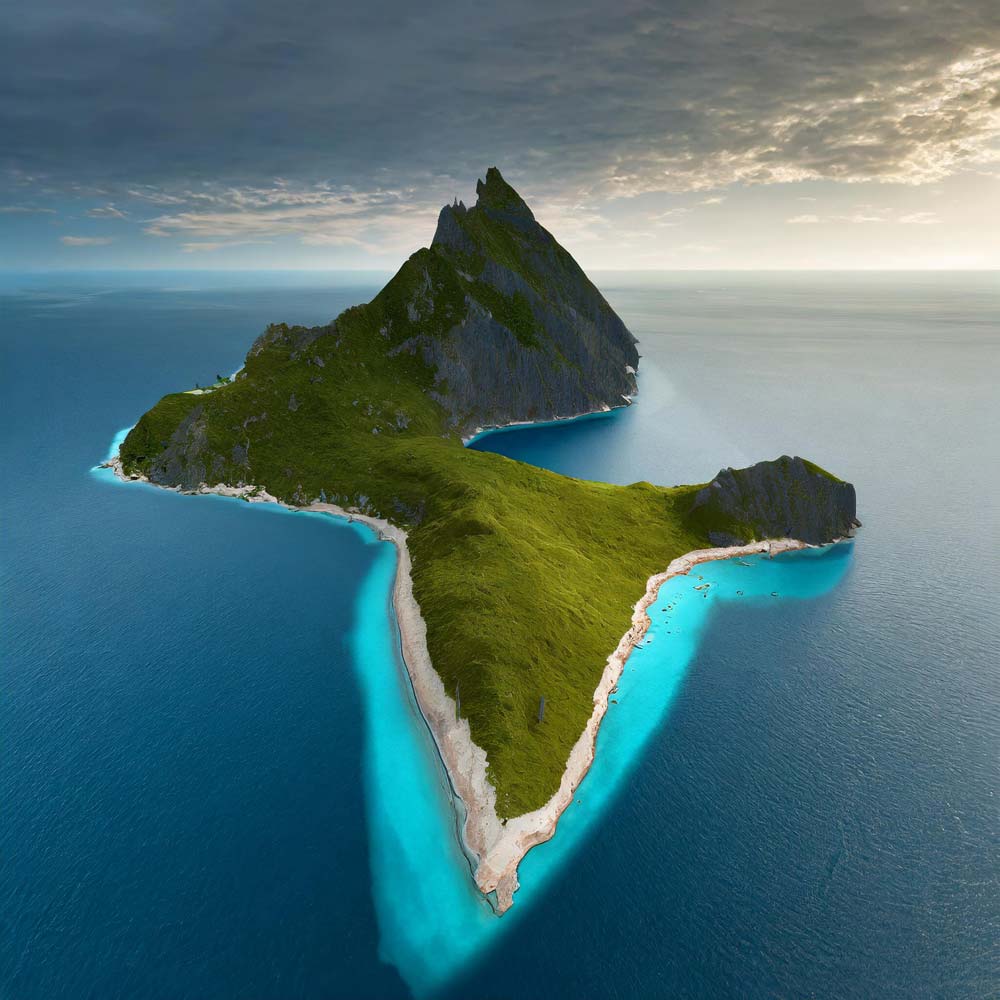The Bermuda Triangle, also known as the Devil’s Triangle, has captured the imagination of people around the world for decades. Situated in the western part of the North Atlantic Ocean, bounded by Bermuda, Miami, and Puerto Rico, this infamous region has been associated with numerous unexplained disappearances of ships and aircraft, earning it a reputation as one of the most enigmatic and perplexing places on Earth.
The origins of the Bermuda Triangle’s mystique can be traced back to the early 20th century, with reports of unusual occurrences and unexplained vanishings beginning to surface. One of the most well-known incidents is the disappearance of Flight 19 in 1945, a squadron of five U.S. Navy bombers that vanished without a trace during a routine training mission. Despite extensive search efforts, no wreckage or survivors were ever found, fueling speculation and conspiracy theories about the Bermuda Triangle’s sinister reputation.
Over the years, the Bermuda Triangle has been associated with a multitude of disappearances, ranging from small pleasure crafts to large commercial vessels. The USS Cyclops, a collier ship carrying over 300 crew members, vanished in the area in 1918, leaving behind one of the greatest maritime mysteries of the 20th century. Similarly, the fate of the SS Marine Sulphur Queen, a bulk carrier that disappeared without a distress signal in 1963, continues to baffle experts and researchers to this day.
Numerous theories have been proposed to explain the mysteries of the Bermuda Triangle, ranging from the scientific to the speculative. One prevalent theory suggests that the area is subject to unusual magnetic anomalies, which could interfere with navigational instruments and compass readings, leading ships and aircraft astray. However, skeptics argue that variations in the Earth’s magnetic field are common and can be accounted for by experienced navigators.
Another theory posits that the Bermuda Triangle is home to underwater geological features, such as submerged volcanoes or methane hydrate deposits, capable of causing sudden and catastrophic events. The release of methane gas from the ocean floor, for example, could theoretically create large bubbles capable of sinking ships or destabilizing aircraft. While such phenomena are plausible, their connection to the disappearances within the Bermuda Triangle remains speculative and unproven.
Conspiracy theories abound regarding the true nature of the Bermuda Triangle’s mysteries, with some suggesting government cover-ups or extraterrestrial involvement. Proponents of these theories point to alleged eyewitness accounts of UFO sightings and encounters with unidentified flying objects in the region. While such claims are often dismissed by mainstream scientists and researchers, they continue to fuel speculation and intrigue among believers.
Despite the abundance of theories and speculation, the true nature of the Bermuda Triangle’s mysteries remains elusive. While some incidents can be attributed to human error, navigational hazards, or adverse weather conditions, others defy conventional explanations, leaving room for speculation and debate. The allure of the Bermuda Triangle persists, attracting adventurers, scientists, and conspiracy theorists alike, all eager to uncover its secrets and unravel the enigma of the Devil’s Triangle.
In conclusion, the Bermuda Triangle remains one of the world’s greatest unsolved mysteries, inspiring wonder, fascination, and speculation for generations. Whether viewed as a cautionary tale of the perils of the sea or a source of intrigue and mystery, the legend of the Bermuda Triangle continues to captivate and mystify us. As long as ships and aircraft traverse the waters of the North Atlantic, the enigma of the Bermuda Triangle will endure, inspiring curiosity and exploration for years to come.

